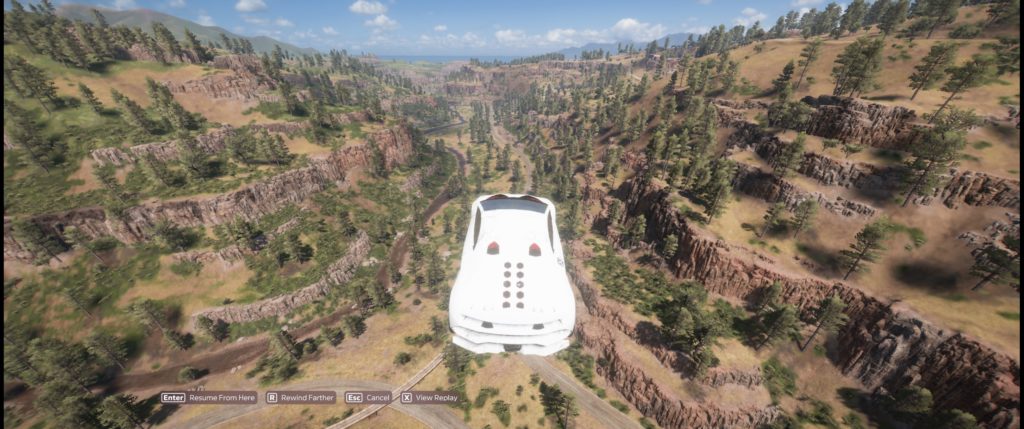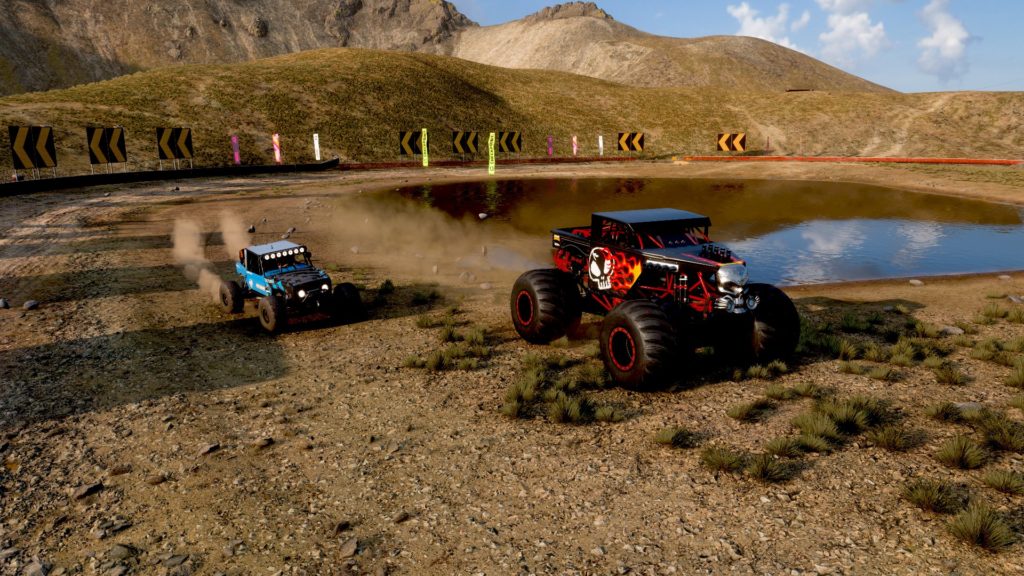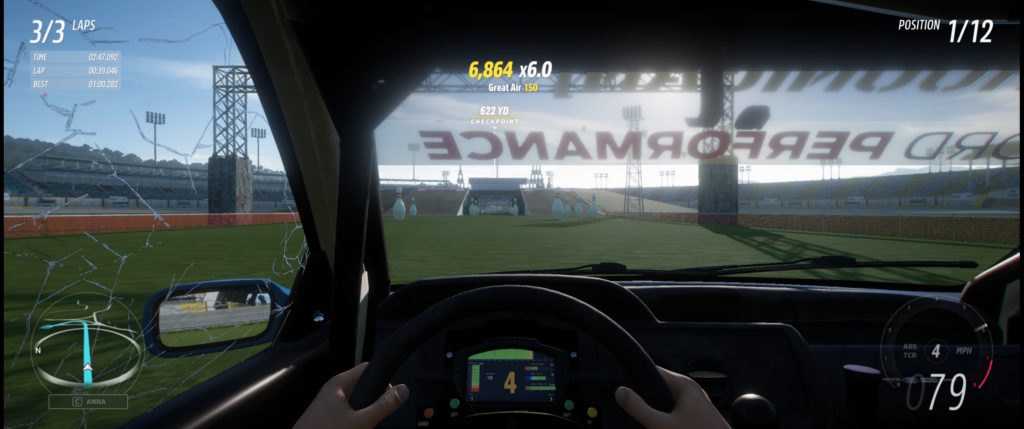- Genre: Open World Racing
- Platform: PC / Xbox Series X
- Also Available On: Xbox One
Look, this is Forza Horizon. From a meta game perspective, there’s nothing new. You drive around in an open world, find races, find over the top stupid events, crush signs, get a ton of cars. That hasn’t changed. The location has changed. The specifics of the story have changed. None of that is really important though. If you’ve played these games, you know if you like this series by now. If you don’t know if you like it, give it a try. That stuff’s not really what I care to talk about.

What’s nice about 5 is that it’s a lot of the things that they felt like they learned from 4, but amped up and there from the start. Seasons and seasonal play lists are no longer the big new feature, but just part of the game. As a result they feel oddly more integrated to me. There’s more variety in the seasonal play lists. There’s a better push to get you to jump into multiplayer games just to try them out, without the stress of needing to win. There’s just more of a reason to do these things for the hell of it. Being rewarded with cool new cars is just a part of the fun.
The other big thing just there is the Eliminator. For 4, this was the battle royale that was added as a random patch a year after the game’s release. What nobody expected is that it was going to be a hell of a lot of fun. For 5, it’s there from the start and continues to be chaotic. Now that it’s just a part of the game, I’m looking forward to seeing what kind of dumb shouldn’t work but ends up being hilariously find ideas they come up with.

However, the big thing for me is related to screenshots in this one being in different aspect ratios. I was actually able to take advantage of cross platform play this time around, and boy does it work well. For FH3 and 4, my choices were PC or a base Xbox One, and let’s be realistic – that isn’t a choice. I was PC all the way. However, now I have my development PC or a Series X. They’re comparable hardware for me with comparable experiences – I can do 60 FPS in 21:9 1440p or I can do 60fps in performance mode dynamic res 4k. They’re both great experiences and I used them both.
The big thing for me is that the cross platform play just works. A lot of cloud save stuff in the game industry has tended to be sporadic. Nintendo’s cloud saves work well, but require a lot of manual handling that can be kind of a pain in the ass. Sony’s storage needs are so slim relative to the size of modern save files that I stopped taking advantage of it when I left the PS3 generation. On mobile, both Android and iOS have made me want to stab myself in the face when developing on those platform. Steam’s cloud saves work well though because they check when you launch a game for any newer data in the cloud. Microsoft takes this approach, and it works flawlessly. If I was already at my PC, I’d just play there. If I wanted to lay in my beanbag or didn’t want to turn my PC on, I just turned on the Xbox. In both cases I didn’t think about save data or whether I needed to sync things. I just went, it just worked, I just raced.
It should also be noted just how well it runs on any hardware you throw at it, but frankly Digital Foundry covered it better than I will ever be able to.

That was really the important thing for about playing through 5. I already knew I was going to come in and enjoy the game because I’ve literally been doing that now for this subseries for the past decade. What I didn’t expect was how easy it would be to just play where I wanted to play. This series has always been spectacularly fun, and it continues to be so. Now I just know that I can do so where I want, when I want, and I don’t have to worry about the platforms getting in my way.


